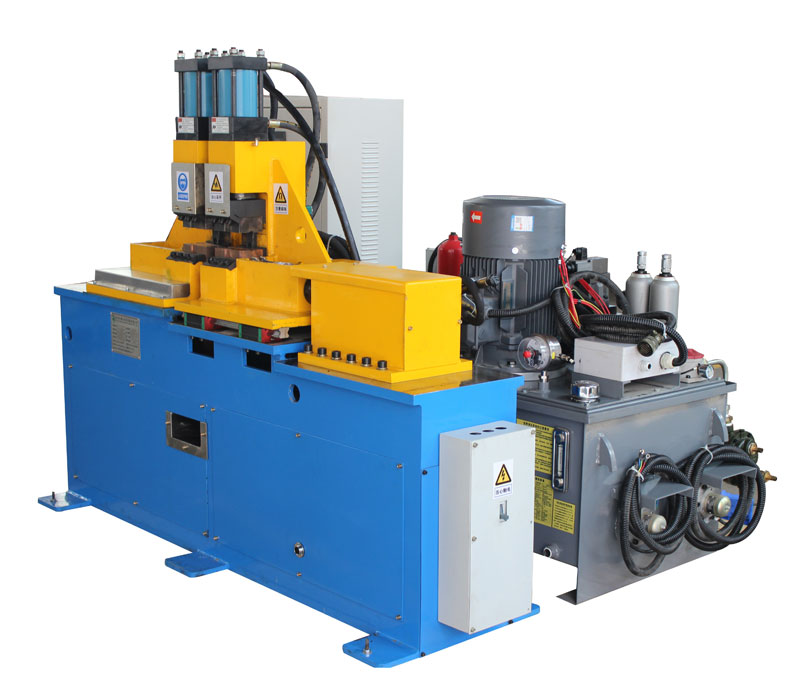How is Flash Butt Welding Joint Formed?
Flash butt welding is a widely used process for joining metal components. It involves the creation of a strong and durable joint by melting and fusing the ends of two metal pieces together. This article will delve into the intricacies of how flash butt welding joints are formed.
Understanding the Flash Butt Welding Process:
Flash butt welding is a solid-state welding technique that is highly efficient and produces minimal waste. The process is commonly used in the automotive, aerospace, and construction industries for joining a variety of metal components. Here’s how it works:
- Alignment of Workpieces: The first step in flash butt welding is to align the two workpieces that need to be joined. These workpieces are typically two metal bars or sheets.
- Clamping: The aligned workpieces are firmly clamped together by the welding machine. The clamping force ensures that the two pieces are in close contact and prevents any relative movement during the welding process.
- Application of Electric Current: An electric current is passed through the workpieces, creating resistance heating at the interface. This localized heating causes the metal to reach its melting point.
- Flash Formation: As the current continues to flow, the metal at the interface begins to melt, and a bright flash of light is emitted. This phenomenon is where flash butt welding gets its name.
- Upsetting: Once the metal at the interface is molten, the machine applies a compressive force to the workpieces, pressing them together. This process is known as upsetting, and it forges the molten metal into a solid joint.
- Cooling and Solidification: After the upsetting, the joint is allowed to cool and solidify. The joint created in this process is incredibly strong and durable, as the two pieces of metal have essentially become one.
Advantages of Flash Butt Welding:
Flash butt welding offers several advantages, including:
- High Strength: Flash butt welding produces joints with a high degree of strength and integrity, making them suitable for critical applications.
- Efficiency: The process is efficient and generates minimal waste, as there are no consumable materials like filler rods or flux required.
- Consistency: Flash butt welding provides consistent and repeatable results, ensuring quality in mass production.
- Versatility: It can be used to join a wide range of metal types and thicknesses.
- Environmental Benefits: The process is eco-friendly, as it doesn’t produce harmful fumes or emissions.
In conclusion, flash butt welding is a reliable and efficient method for forming strong and durable joints between metal components. Its solid-state nature and minimal waste generation make it a favored choice in various industries. Understanding the process and its advantages can help manufacturers make informed decisions when choosing a welding method for their applications.
